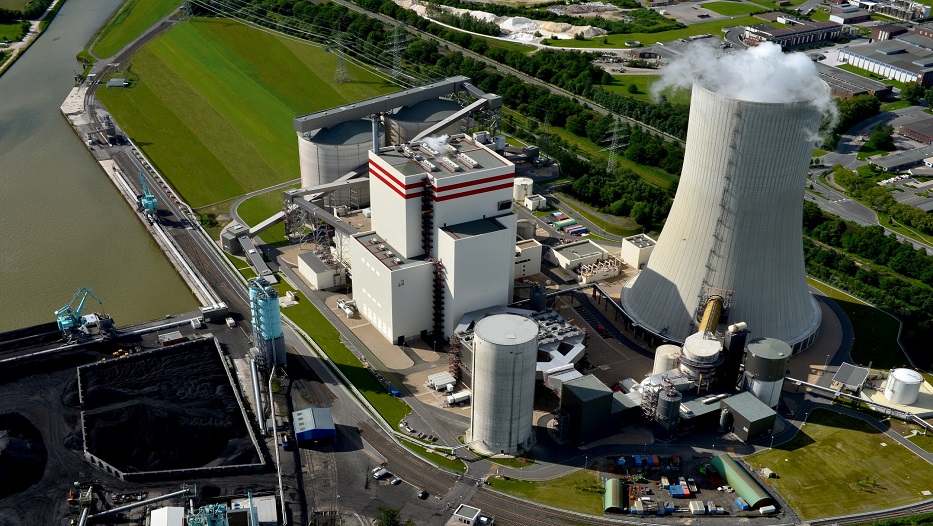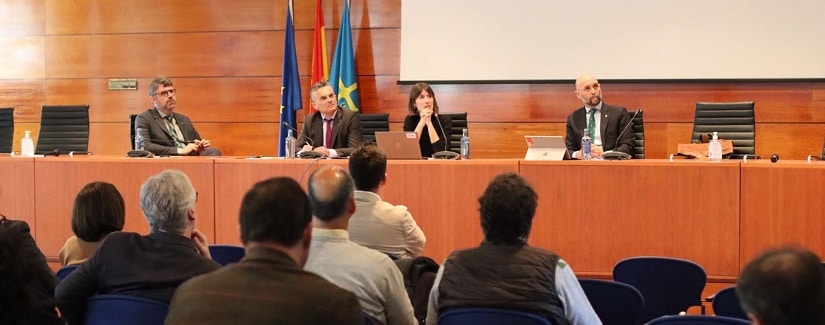Introduction
Despite the growing development of renewable energies, mainly hydraulic, wind and photovoltaic solar power, thermal generation plants continue to be the basis for power generation in most countries in the world.
One of the distinctive features of power plants is they revolve around a “serial” process. As a result, serious failure of any of their main components, normally of a large size and without an available replacement, entails the total production shutdown of valuable assets that under normal conditions yield a significant gross profit.
Losses, therefore, whether due to machinery failure or damage, in power plants with large transformers, generators, turbines or boilers can result in shutdowns of several months that affect the profit and loss accounts of operators, insurers and reinsurers.
Complementing power plant parks of a certain age (around 50 years old) are new ones that, to compete under emissions restrictions conditions, need to increase their performance through the use of larger power generation groups under far more demanding operating conditions (pressure and temperature).
The objective of this article is to demonstrate the importance of boiler losses at power generation plants, primarily combustion boilers for fossil fuel steam cycles, although boilers from other primary energy sources such as biomass, residual, solar energy and geothermal energy will also be considered.
All of this is the result of an internal study conducted by the Mapfre Global Risks/ITSEMAP Engineering Department, in close collaboration with Mapfre’s Claims Department.
Tipes of thermal power plants
Thermal power plants can be classified in different ways.
- According to primary energy source: fossil fuels (solid, liquid or gas), nuclear or alternative fuels (solar, geothermal, biomass energy or residual energy from industrial processes)
- According to the thermodynamic cycle, they can be steam (Rankine cycles, which use different primary energy sources), gas turbine (Brayton cycle, limited in practice to the use of fossil, liquid or gas fuels) or combined cycle.
In power plants, boilers are the element in which water is transformed into steam by a primary energy source.
While renewable energies are gaining ground on fossil fuels, the latter, primarily coal, still retain a presence. Fossil fuels are evolving towards power plants with improved thermodynamic efficiency mainly by increasing size and pressure conditions and steam temperature (supercritical technology) and regulating mode operation. All of this represents a challenge for risk management.
Loss distribution in power generation equipment
Graph 1 shows loss distribution rate through the main equipment at power generation plants in the MAPFRE Global Risks portfolio, using as parameters the ‘number %’ over the total, the ‘amount %’ (100%) over the total and the ‘average %’ (half of the ‘amount %’ and the ‘number %’). The use of this average ‘softens’ accident spikes.

Graph 1.Distribution losses through main equipment and systems of power generation plants.
The importance of ‘Turbines’ can be seen, though regarding amounts ‘Boilers’ are close behind, followed at some distance, both in terms of ‘amount %’ and ‘average %’, by ‘Generators’.
Yet, just as important, if not more so, than the above conclusion is the evolution over time of loss occurrences in Boilers shown in Graph 2.
Evolution of events in boilers

Graph 2.Evolution over time of losses in terms of numbers and amount in the period 2011-2016.
The steepness of the curves illustrates the way in which, each year, loss events have been relevant, in number and amount, highlighting the years 2014 and 2016. The latter is of particular note as, compared to the analyzed period, it entailed 32% of the number of losses and 60% of their amount.
Distribution of amount of losses
In Graph 3, we can see the accumulated distribution of amounts with number of losses.
Accumulated amount %

Graph 3.Distribution of losses by amount
One can see how it faithfully follows the reflections of Vilfredo Pareto, given that 20% of the events in almost 80% of the losses.
Distribution by cause of loss
Graph 4 shows the distribution of gross per type of cause

Graph 4.Distribution of losses in generation boilers by cause
It can be seen that by frequency the losses are widely distributed, with explosions and steam leaks being of greater importance. Fires, the frequency of which is relatively small, are responsible for nearly 45% of the amount of losses, making it clear that the greatest losses are by far attributable to this category.
Distribution by age.
Graph 5 shows the distribution of losses depending on the age of the boiler.

Graph 5.Distribution of losses in boilers by age
The applicability of the so-called ‘Bathtub curve’, particularly sharp and disconcerting, is clearly discernible at the beginning of their lifespan both in number and amounts.
Distribution by origin
Origin refers to the part of the boiler where the loss originates. Graph 6 shows the loss distribution.

Graph 6.Distribution of losses in boilers by origin of the loss
It can clearly be seen how most loss events originate in pipes and containers while most of the amount is felt in pipe accessories and the fuel system.
Distribution by concurrent circumstances
Graph 7 reflects data obtained from detailed analysis of the particular circumstances of the losses. Note that a loss can involve various circumstances. Origin refers to the part of the boiler where the loss originates. Graph 6 shows the loss distribution.

It can be seen that while ‘Instrument failure’ contributes to the majority of losses, ‘Material failure’ and ‘Management failures’ are present in more than 80% of the amount of losses.
Conclusions
Boilers, which have advanced very little over the last few decades, face new challenges due to changes in processing conditions, with significant increases not only in size but also in pressure and work temperature. This has created the need for the use of high-pressure materials, the implementation of which has not always been well managed.
These circumstances have led in recent years to a rise in loss rates, especially in recently built plants with the latest technology.
Similarly, operating modes have shifted from working in continuous mode to working cyclically sometimes with plants with control systems that leave the operator with a great deal of responsibility.
The causes for losses are diverse, though the existence of common underlying causes at the most important loss events can be observed.
As the main areas for improvement, management of construction and erection projects, modernization of supervisory and control systems at old plants and implementation of `Process Safety ´ and `Management of Change ´policies in power plants, should be noted.

Author: Pedro Soria García-Ramos
Technical Manager of the MAPFRE Global Risks Engineering area




